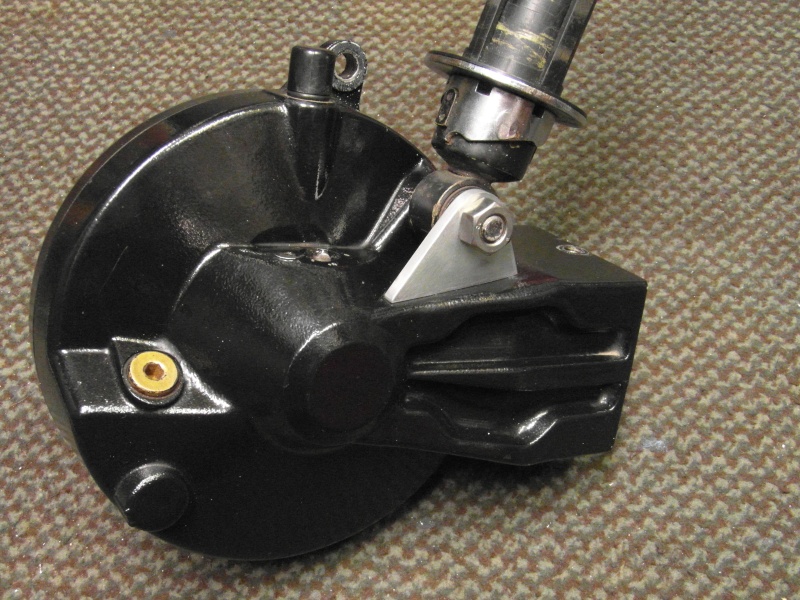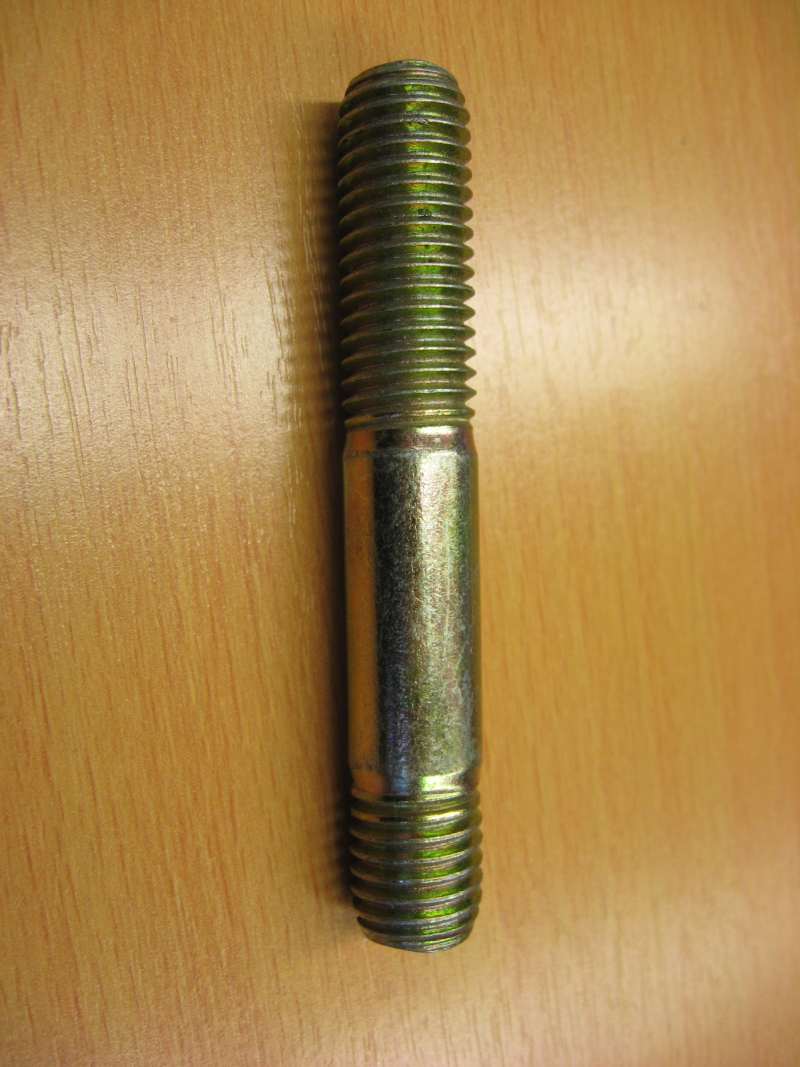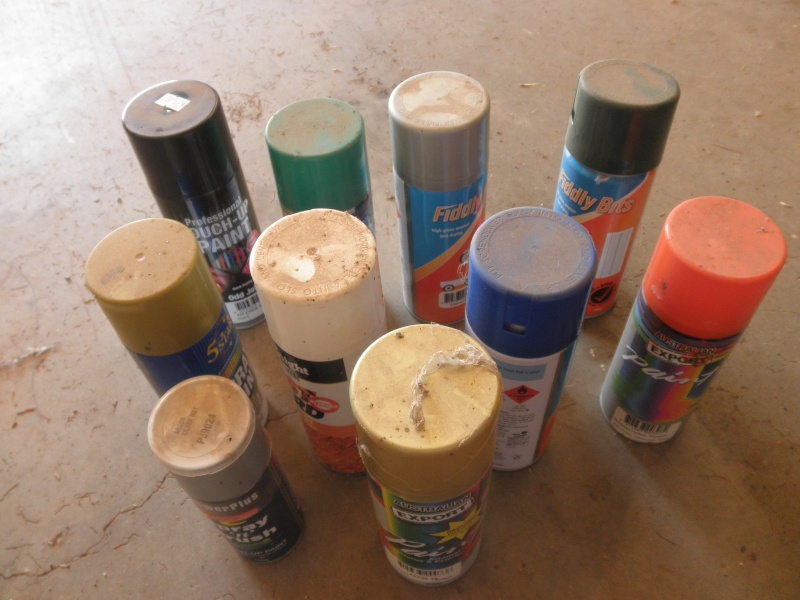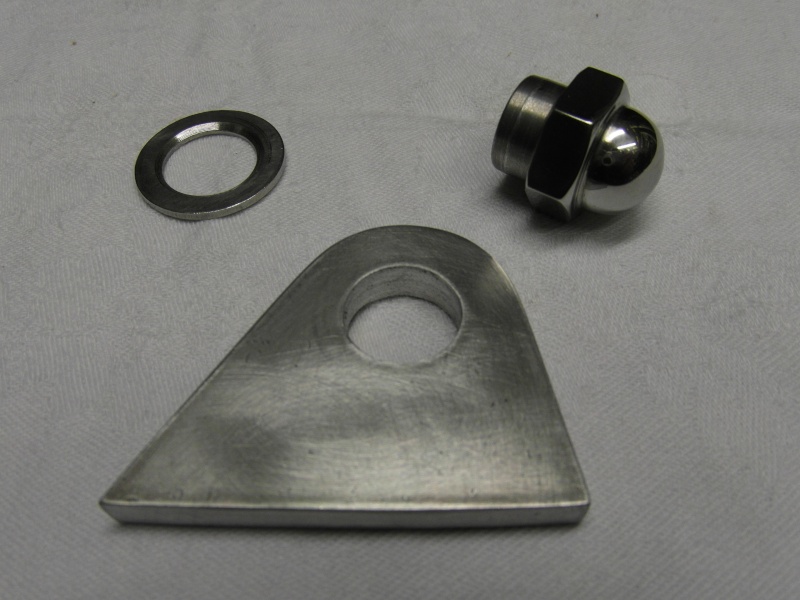OK here we go.This is what I've come up with.
I figured that the greatest shock loads would be on 'bump' rather than 'rebound, so I made a block to support the
stud just in that direction.
This is the result:-

Recipe.
Take a billet (it's a good word K-Bike!) of hard aluminium alloy 6mm thick x 40mm x 60mm.
Drill a hole 26mm from the long edge and 20mm from the short edge. The
stud has a 12mm thread, but mine has an O/D of 11.8mm so it is a good idea to make the hole a nice fit on the
stud. Not having an 11.8mm drill, I drilled 7/16" and, using an adjustable reamer, opened the hole to the required 11.8.
Now comes the fun bit, file the lower edge to match the profile of the bevel box housing. Unfortunately it's not a straight edge so it's a case of 'file a bit' 'try it', 'file a bit' 'try it' etc. Aim for as much contact between the block and bevel box as possible.
The casting is also not parallel to the
stud, it slopes, as one would expect, about 2 or 3 degrees. This is useful , because, with careful filing, we can get the support block to wedge tightly against the housing when the
stud nut is tightened.

Now, all that remains, is to cut and file to an asthetic profile.

There you are, you don't need a lathe or milling machine (although I don't know how anyone can live without them), just a drill, hacksaw and file. An improvement would be to open the hole to, say, 14mm and make a new shouldered nut,............ but then you'd need a lathe.

....Paul.


 Studs, who wants a stud? Sun Jan 13, 2013 5:23 pm
Studs, who wants a stud? Sun Jan 13, 2013 5:23 pm























 ....Paul.
....Paul.


 ......so I daren't go out 'till it was fitted!
......so I daren't go out 'till it was fitted!
